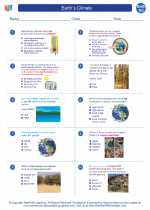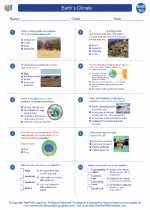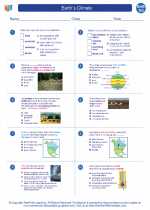Structural Adaptations in Organisms
Structural adaptations refer to physical features of an organism's body that have evolved over time to help it survive and thrive in its environment. These adaptations can be related to the organism's shape, size, color, or other physical characteristics.
Examples of Structural Adaptations
1. Camouflage: Some organisms have adapted to blend in with their surroundings, making it easier for them to hide from predators or sneak up on prey.
2. Mimicry: Certain species have evolved to mimic the appearance of other, more dangerous organisms to avoid being eaten.
3. Beak shape in birds: Birds have developed a variety of beak shapes to suit their feeding habits, such as long, thin beaks for probing into flowers for nectar, or short, strong beaks for cracking seeds.
4. Root systems in plants: Plants have adapted various root systems to obtain water and nutrients from different soil conditions, such as deep taproots for reaching groundwater or shallow, spreading roots for absorbing surface moisture.
Study Tips
- Understand the concept of adaptation and how it relates to the survival of organisms in their environments.
- Research specific examples of structural adaptations in different organisms and understand how these adaptations provide a survival advantage.
- Compare and contrast different structural adaptations and their functions.
- Use visual aids such as diagrams or videos to understand the physical characteristics of structural adaptations.
- Practice identifying structural adaptations in organisms through observation and analysis.
Key Terms
Adaptation: A characteristic that helps an organism survive and reproduce in its environment.
Camouflage: The ability to blend in with the surrounding environment to avoid detection.
Mimicry: Resembling another organism or object for protection or other advantages.
Structural adaptation: Physical features of an organism that have evolved to improve its survival and reproduction.
.◂Earth Science Worksheets and Study Guides High School. Earth`s Climate

 Worksheet/Answer key
Worksheet/Answer key
 Worksheet/Answer key
Worksheet/Answer key
 Vocabulary/Answer key
Vocabulary/Answer key
 Vocabulary/Answer key
Vocabulary/Answer key
 Vocabulary/Answer key
Vocabulary/Answer key
